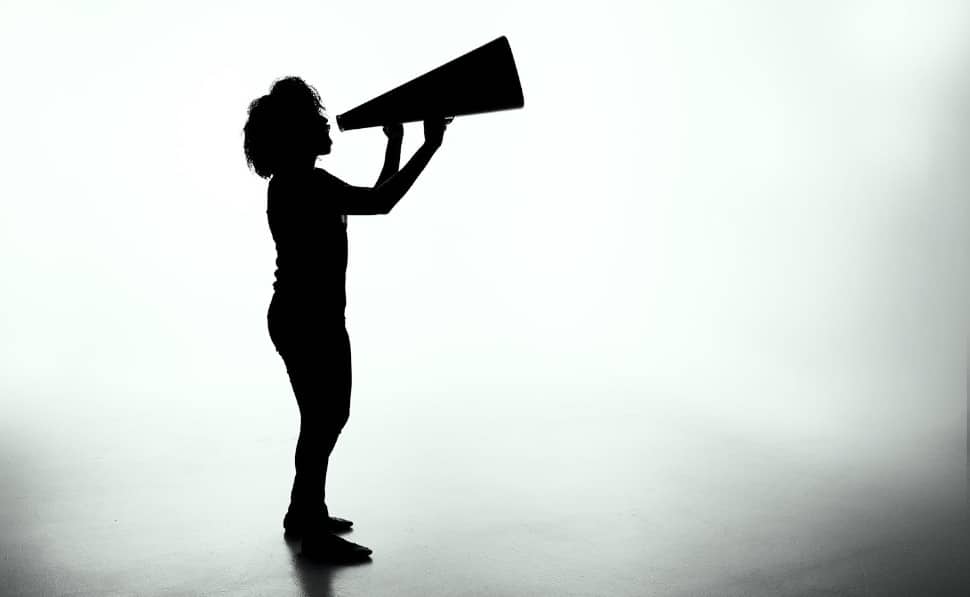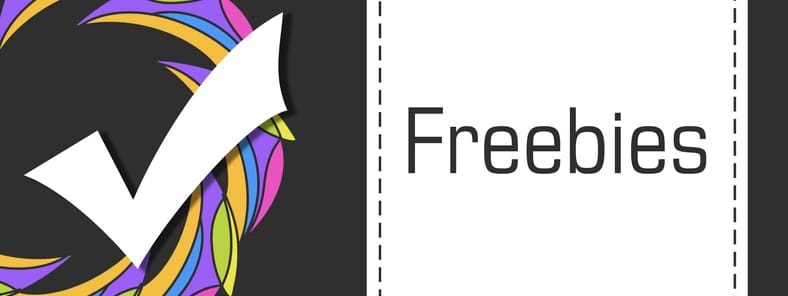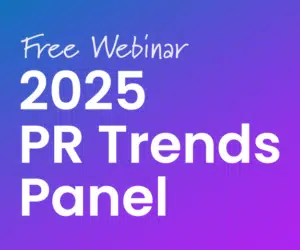Today’s fiercely competitive market has made brand recognition a necessity. Standing out is pivotal for survival, and an innovative tactic that many brands use is the allure of freebies.
By offering something for nothing (or seemingly nothing), brands can capture attention, create goodwill, and, ultimately, drive loyalty.
In this article, we will discuss the impact of offering free giveaways and how they can greatly boost your brand.

Image source: Unsplash
The psychology of freebies
What’s in a freebie? Why does the simple act of receiving something without a price tag make us so happy?
The reciprocity principle says that our minds tend to place a higher value on items that are offered for free compared to other promotional discounts. When someone does something for us, we naturally want to return the favor.
In the business world, a freebie can be an initial gesture that motivates customers to reciprocate through loyalty, repeat business, or brand advocacy.
Historical perspective
The practice of offering freebies isn’t a new-age phenomenon. Historically, brands have cleverly leveraged this strategy to carve out a name for themselves.
For instance, Ben & Jerry’s Free Cone Day, an annual event where the brand offers free ice cream cones to patrons, has become a phenomenon that people eagerly await.
Similarly, Vena Solutions has adapted this concept for the digital age by offering free demos that grant users access to all premium benefits like robust commission tracking spreadsheet tools and advanced financial planning features for a limited period.
These brands have showcased how freebies, when done right, can not only win hearts but also become a hallmark of brand identity.
How to build traction with freebies
Set the stage right
As a brand, your initial interaction with a potential customer is crucial.
By ensuring that the introduction is paired with a high-quality freebie, businesses foster positive brand associations from the outset.
Word-of-mouth marketing
Who doesn’t love sharing a good deal?
When customers benefit from freebies, they are more likely to share their experience, both offline and online. This organic word-of-mouth can expand a brand’s reach exponentially.
Event-driven marketing
Giving away free items during product launches or events can generate enthusiasm, engage the attendees, and leave a lasting impression.
To do this, brands are to organize events that align with their target audience and brand. It is best to set up interactive booths or stations for engagement purposes.
Afterward, nurture connections with attendees through personalized messages and exclusive offers to maintain the connection established during the event.
Ways to enhance brand recognition
Leave an indelible mark
For a consumer, the memory of receiving something valuable for free can last long. It’s a standout moment that sets a brand apart in the crowded marketplace.
To maximize impact, make sure the free item matches your brand and appeals to your audience’s interests and preferences.
Ensure brand alignment
Aligning freebies with a brand’s values and messaging is crucial. For instance, under no circumstances should a luxury brand ever give away low-quality items, as it would severely damage its premium image.
Types of effective freebies
Product samples
Providing product samples can take away any reluctance to make a purchase, especially when it comes to new or innovative products. This strategy not only facilitates firsthand experience and interaction with the product but also builds trust and establishes a connection with potential customers.
Informational content
A consumer will always value knowledge. Providing complimentary e-books, webinars, or courses can establish a brand’s reputation as a thought leader in the industry.
Branded merchandise
Sharing branded everyday merchandise, like T-shirts, mugs, and pens, can be a clever way to advertise your brand on the go and keep it fresh in people’s minds. Every time someone uses or wears these items, they essentially become walking billboards for your brand.
Exclusive access
By presenting time-sensitive offers and special opportunities, you can significantly enhance engagement and stir enthusiasm among your audience. The appeal of obtaining early access is a compelling driver that you can harness for optimal results.
Implementing a successful freebie campaign
Audience mapping
Recognizing that what strikes a chord with one specific demographic may not have the same impact on another is crucial.
To truly succeed, it’s essential to delve into audience analysis, adapt messaging, consider cultural nuances, and employ strategies tailored to individual groups, ensuring that your content always hits the mark.
Balancing quality and quantity
The urge to distribute freebies widely will always be there, but quality should always be maintained.
Remember that it is the value, not the volume, that leaves an impression.
Multi-channel promotion
Technology has greatly simplified processes, and it’s essential for brands to tap into its full potential.
Leveraging social media, email marketing, and TV ads can significantly amplify the reach of a freebie campaign.
Take feedback notes
Always take note of feedback. Brands need to collect feedback and analyze it so they can enhance future giveaway initiatives.
By doing this, it lets them know how effective their campaigns are and helps them make informed decisions on how to improve them.
Benefits beyond branding
Customer data collection
Remember the last time you signed up for a free e-book or sample? These registrations not only serve promotional objectives but also provide important information.
Brands may enhance their next campaigns, modify marketing tactics, and obtain a better grasp of their target audience’s preferences, demands, and demographic profiles by studying this data.
Feedback mechanism
Launching a new product and using samples as a litmus test can provide immediate feedback, leading to crucial product refinements and a more successful official launch.
Loyalty programs
When paired with loyalty cards or apps, freebies act as hooks that ensure customers keep returning for future rewards.
Distinguishing between discounts and freebies
Although both discounts and freebies serve the same purpose of enticing customers, there are significant differences between them.
- Perceived value: When a product is advertised as “100% off,” it is generally perceived as more valuable than one labeled “50% off,” even if the latter is a higher-priced item.
- Consumer behavior: It is important to note that discounts may suggest that a product’s worth has decreased, whereas freebies are viewed as a brand’s generous offering.
Customizing freebies for different audiences
In the world of freebies, one size does not fit all. Brands need to consider their audience’s preferences and cultural backgrounds before selecting a promotional item.
For instance, what might appeal to tech-savvy Gen Zers may not be attractive to Baby Boomers. In the same way, brands must be culturally sensitive and respect local traditions when running global campaigns to avoid any unintentional offense.
By taking these factors into account, brands can create a more effective promotional strategy that builds long-lasting customer relationships, fosters brand loyalty, and supports sustained business growth.




